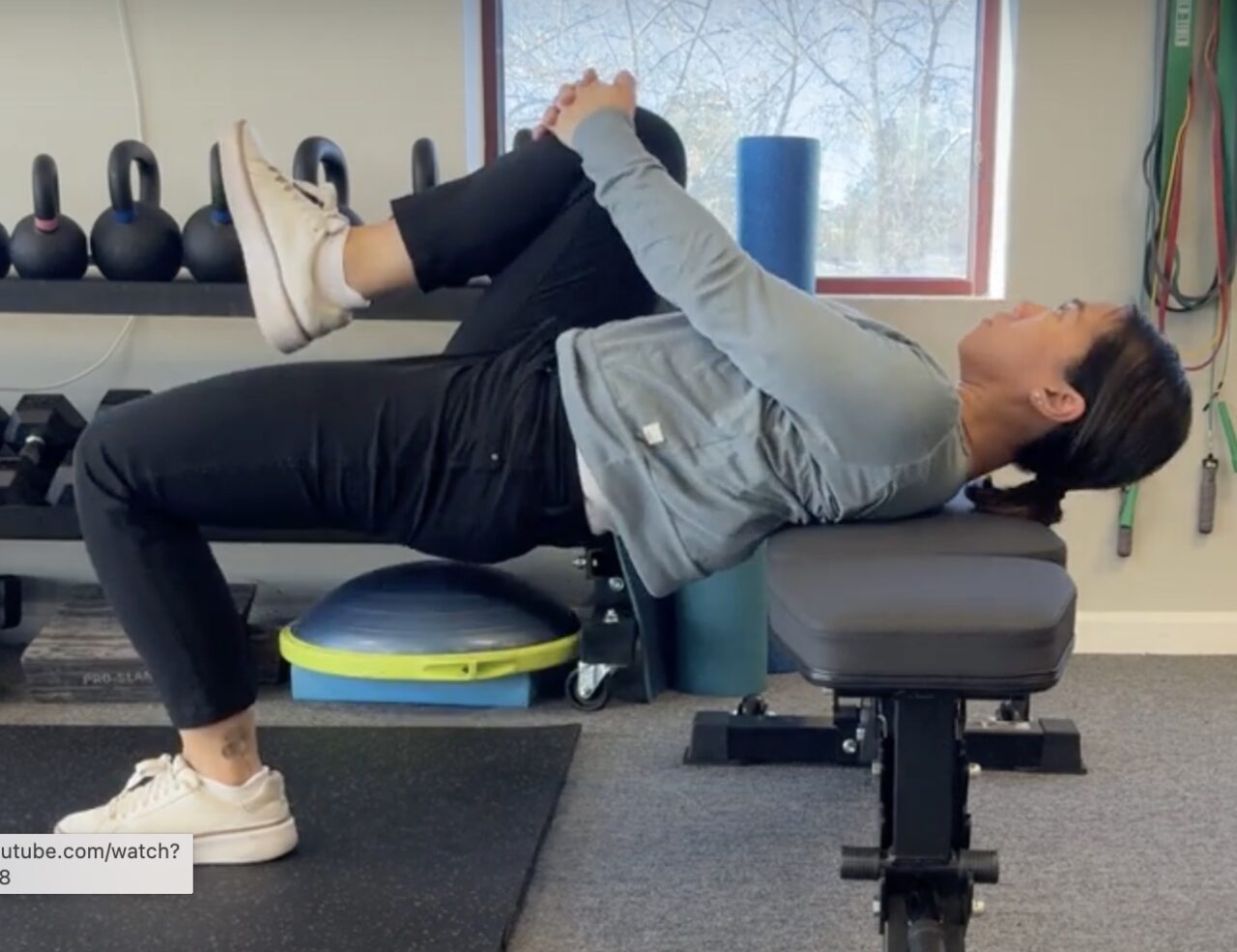Hamstring strains are among the most common injuries for runners and CrossFit athletes, impacting performance and sidelining athletes for weeks. Returning to sprinting, shuttle runs or box jumps after such an injury requires a structured, progressive approach to minimize the risk of re-injury. Based on the work of Hickey et al., this guide outlines the 3-stage running progression that ensures a safe and effective return to high-intensity activities.
Understanding Hamstring Strains
Hamstring strains often occur during high-speed running when the muscle-tendon unit is under the most tension. Recovery can be lengthy, ranging from a few weeks to several months, depending on the severity of the injury. Proper rehabilitation focuses on strengthening, mobility, and a phased return to sport-specific movements, like sprinting.
The 3-Stage Running Progression
Hickey et al. introduced a systematic progression for runners and athletes recovering from hamstring strains. Published in the Journal of Athletic Training (2022), their study, titled “Return to Sprinting Following Hamstring Strain Injury: A 3-Stage Progression Protocol,” involved a controlled trial with 26 participants. The method emphasized progressive overload and pain monitoring to safely return athletes to maximal sprinting.

Stage 1: Controlled, Low-Intensity Running
- Goal: Familiarize the athlete with pain-free running mechanics at low intensity.
- Details: Running at 50% of maximal sprint velocity over 60-meter intervals, alternating with 20-meter rest periods.
- Key Point: 3 Reps while maintaining a pain level of ≤4/10.
Stage 2: Moderate-Intensity Running
- Goal: Increase running velocity while maintaining control.
- Details: Running at 80% of maximal sprint velocity over 50-meter intervals, alternating with 20-meter rest periods.
- Key Point: 3 reps and progress only with 0/10 pain levels.
Stage 3: High-Intensity Running
- Goal: Reintroduce near-maximal sprinting intensity under controlled conditions.
- Details: Running at 100% of maximal sprint velocity over 40-meter intervals, alternatingwith 20-meter rest periods.
- Key Point: 3 reps at pain-free at maximal effort.
Additional Tips and Strategies for Recovery
- Integrate Eccentric Loading Exercises: Exercises like Nordic hamstring curls, single leg bridges and Romanian deadlifts strengthen the muscle under tension, crucial for recovery and injury prevention. Click this link for more hamstring exercises.
- Utilize Tempo Running: Incorporating controlled, slower-paced running with increased cadence before transitioning to high-speed sprints can further prepare the hamstrings.
- Monitor Fatigue Levels: Fatigue can compromise form and increase the risk of re-injury. Balance training intensity with adequate recovery.
How Do I Know If I Can Progress to the Next Stage?
If you’re a CrossFit athlete or sprinter recovering from a hamstring injury, seeing a physical therapist can provide invaluable benefits beyond the exercises outlined in this guide. At MEND, our physical therapists are skilled in providing a comprehensive treatment approach that includes advanced techniques such as dry needling to alleviate muscle tension and promote tissue healing, joint mobilizations and manipulations to restore proper biomechanics, and hands-on manual therapy to improve flexibility and reduce discomfort. Additionally, we utilize corrective exercises and Proprioceptive Neuromuscular Facilitation (PNF) techniques to enhance strength, coordination, and neuromuscular control.
Our expertise also includes identifying potential differential diagnoses, such as lumbar radiculopathy, proximal hamstring tendinopathy, or referred pain from the sacroiliac joint, that might mimic or contribute to your hamstring strain. By addressing these factors and creating a tailored prognosis for your recovery, we ensure you regain confidence in high-intensity movem
ents like running, sprinting, and jumping while minimizing the risk of re-injury.
Click Here to schedule your next appointment with the experts at MEND
Reference
Hickey JT, Opar DA, Weiss LJ, Heiderscheit BC. Hamstring Strain Injury Rehabilitation. J Athl Train. 2022;57(2):125-135. doi:10.4085/1062-6050-0707.20

